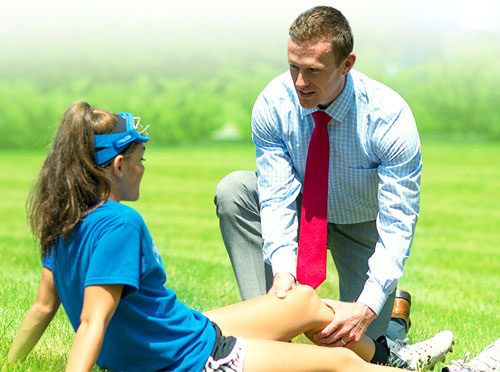Dr. Rice has joined Beacon Orthopedics and Sports Medicine
Congratulations Dr. Rice: 2024 Cincinnati Magazine Top Doctor
Healthcare News
Criteria-based return-to-play testing after arthroscopic Bankart repair may not be enough
When we decide on who can return to play after an arthroscopic Bankart repair, we have to be mindful of these baseline differences, and use a whole collection of both objective criteria and various other criteria when making that decision.
Targeted concussion care can improve quality of life over longer term
As the fall sports season approaches, athletes and their families may be concerned about the potential risk of head injuries. Now, they can take comfort in the findings of a clinical study done on the long-term outcomes of concussion patients.
Does dehydration cause muscle cramps?
Dehydration may be one cause of muscle cramps, and some evidence suggests that electrolyte imbalances also contribute to them.
Bicycling? Orthopedic surgeon shares tips to protect your hands, wrists and head
Bicycling is a great way to stay active and enjoy the outdoors. Whether you're a recreational rider or a daily commuter, it's important to protect your hands and wrists. Dr. Sanj Kakar, a Mayo Clinic orthopedic surgeon specializing in hands and wrists, shares practical tips to prevent injuries while biking.
What to know about lower back problems when running
Running is not typically related to higher-than-usual incidences of lower back pain. However, excessive running without sufficient recovery time, improper running form, and other factors may contribute to lower back problems.


